By Randy Haglund
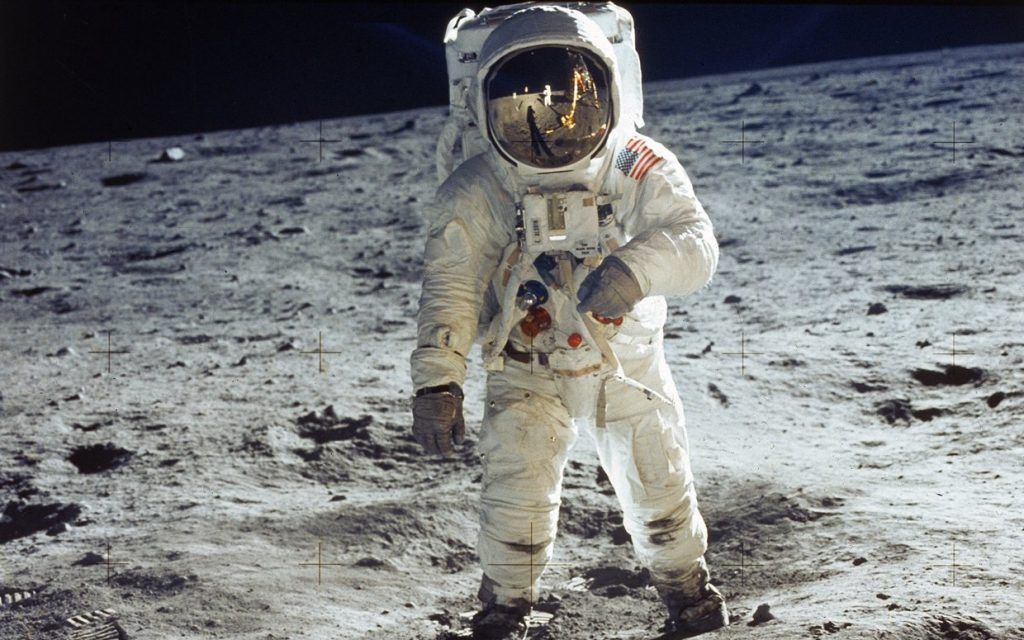
“Not so close to the television,” my mom said. “You’ll ruin your eyesight.”
I scooted back, but my attention was trained on the RCA black-and-white console T.V. in our living room.
Fifty years ago this month, I was not quite thirteen years old as I sat Indian style on the living room carpet. With tin foil wrapped on the rabbit ears, we tuned to Q-6 to watch the Huntley-Brinkley report. We seldom watched Cronkite—reception was poor on channel 4, the CBS affiliate at that time..
But nothing could keep me from missing this Sunday night televised event. It wasn’t Wonderful World of Disney, our usual Sunday night fare. Or Bonanza. Hoss and Little Joe could wait until next week.
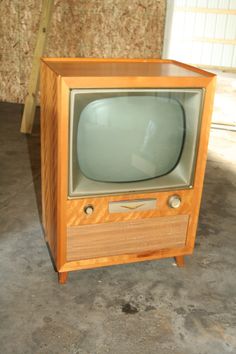
Apollo 11 had landed and Neil Armstrong was about to set foot on the moon.
I don’t remember a time when I wasn’t interested in the space program. But I got totally reeled in during Apollo 8’s mission, seven months earlier. It was the first manned spacecraft to orbit the moon. On December 21, 1968, the crew became the first humans to escape earth’s gravity, with an immense Saturn V rocket strapped to their backs. We watched live coverage on our old television that Christmas Eve as the crew reached the far side of the moon, where they would be out of radio contact with earth. Just before they lost signal, Command Module pilot Jim Lovell said, “We’ll see you on the other side.”
Apollo 8 was alone.
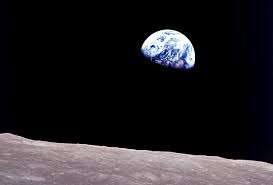
While on the far side of the moon, the three astronauts had to perform a critical maneuver. They needed to burn the main engine for four minutes and seven seconds in order to achieve orbit. If they burned too long, they would crash into the moon’s surface; too short and they would be flung out into space. Either mistake would end the mission, and probably their lives—maybe even the space program.
Meanwhile, on earth, we waited forty-five minutes to hear again from the crew. Let me try to describe what it felt like as we watched the NBC network coverage. It’s like when your football team has one second on the clock, you’re forty yards out and two points down. All the marbles are on the kicker. He just needs to make that kick. He’s solid from this far out, but the outcome is not sure. Then, just as the center snaps the ball, the opposing coach calls a time out to ice the kicker.
Commercial break.
So, think of that frustration except ratchet up the tension ten thousand times. Because this wasn’t a game. The stakes were astronomical.
When it was time for the space capsule to come out the other side, everyone, including me, held our breath.
Mission Control: “Apollo 8, Houston. Over.”
A long pause. Half a minute later:
Mission Control: “Apollo 8, Houston. Over.”
NBC cameras recorded the apprehensive faces at Mission Control. Four times they repeated the call to the capsule without response.
I alternately chewed my fingernails, pulled my hair and beat the floor. My adrenaline pumped but had nowhere to go. “C’mon, Come on!”
Mission Control: “Apollo 8, Houston. Over.”
Then another voice crackled the airwaves. It was Jim Lovell. “Go ahead, Houston. This is Apollo 8. Burn complete.”
Houston’s control room erupted with shouts of joy. So did the Haglund house. At Mission Control they broke out the champagne. We celebrated by having ice cream.
I knew from that moment I was emotionally invested in NASA. And not just because of the ice cream.
***
So on July 16, 1969, when Apollo 11 launched from the Kennedy Space Center, the RCA was warmed up and ready to go. Never mind that it was six o’clock in the morning. I got up early to watch the thrilling countdown and explosive launch until the first two stages of the rocket were ejected, and Neil Armstrong, Buzz Aldrin, and Michael Collins were on their way.
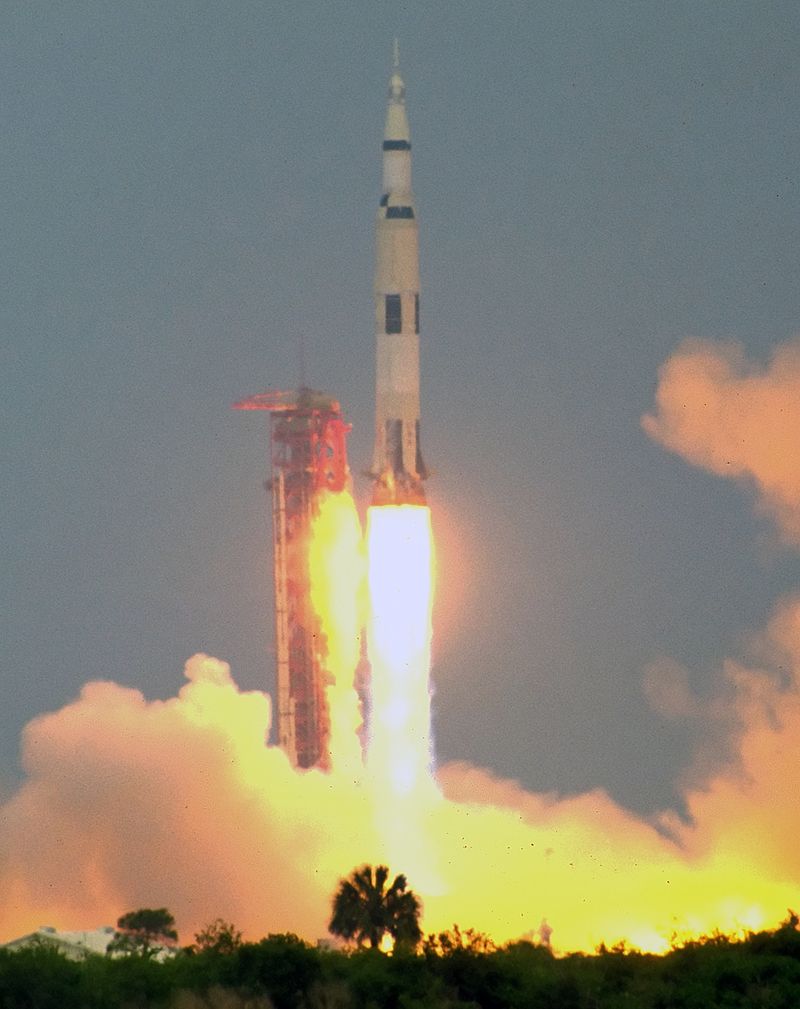
For the next few days, whenever there was TV coverage of Apollo 11, I watched. And there was lots of coverage. We all held our breath again as Armstrong had to fly the Lunar Module four miles past the original landing spot because of the rough terrain. There were a few seconds of tense silence, and then:
“Houston. Tranquility Base here. The Eagle has landed.”
He had thirty seconds of fuel left.
I breathed again, and buried my face in my hands.
Nobody knew if the LM’s pads would sink in or not. They did—but only a few inches. There were so many unknowns and firsts and crucial moments, that the entire mission made Hitchcock suspense seem drab.
Once they landed, the astronauts were scheduled for a well-deserved rest before their moon walk.
Right.
Imagine when I took my family on an exotic vacation to Maui a few years ago. What if I had asked the flight attendant for permission to stay on the plane a while and take a nap instead of disembarking.
Armstrong and Aldrin were too excited to sleep. They were on the moon, for Pete’s sake. They wanted to get out and explore. NASA officials were obliged to let them. It made for great television too, because the moon walk would be in prime time, instead of the wee hours of the morning.
I was grateful, too—anxious to get on with it. My parents would have let me stay up all night if need be. But it wasn’t necessary.
Just before eight P.M., July 20, 1969, an estimated half a billion people from around the world watched Neil Armstrong descend the ladder of the LM. His boot scattered moon dust as he uttered the unforgettable words:
“That’s one small step for man, one giant leap for mankind.”
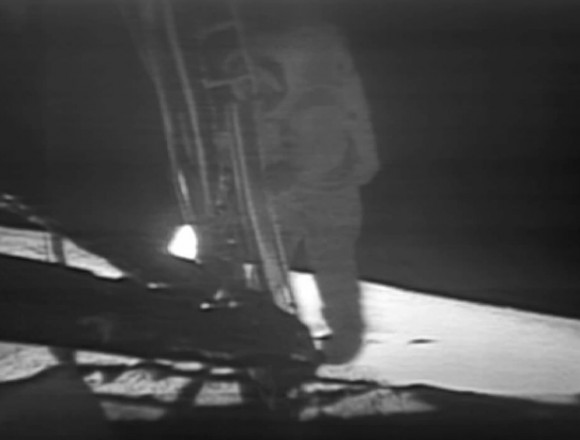
I shuddered at the surreal moment. My family sat in silence for a few moments, and then my dad said, “It’s like we’re watching a science fiction movie.”
And it was. It boggled the imagination.
As a matter of fact, there are still people who believe it was all a hoax, produced by Hollywood executives. Someone has humorously suggested it was indeed a set-up by NASA, employing Stanley Kubrick of 2001: A Space Odyssey fame to produce it. He insisted it be filmed on location. https://www.rivetingnews.org/2017/07/stanley-kubrick-moon-hoax.html
The production costs were out of this world.
But I never doubted it. I watched the ghostly gray images frolic in the Sea of Tranquility, collect moon rocks, set up the American flag, and salute the Commander-in-Chief, who placed the longest long-distance call ever—from the oval office. He praised and congratulated the astronauts for their courage and inspiration.
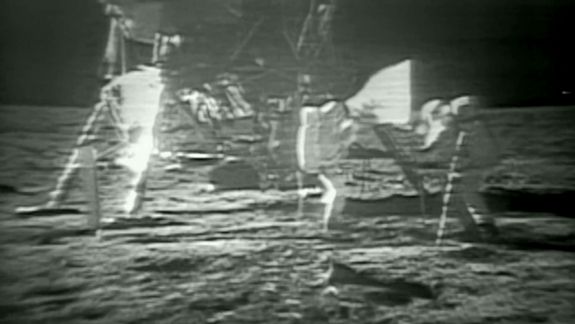
What we didn’t know then is that President Nixon had a totally different speech prepared in case things hadn’t gone quite as planned.
I knew the mission was dangerous, but few people realized how perilous their situation was. For example, nobody knew for sure if the engine on the LM would fire up properly in the moon’s atmosphere—or lack thereof.
But it did. And when they docked with the command module, it went without a hiccup. Re-entry into the earth’s atmosphere went as planned. But there was one more part of the mission I wasn’t going to miss.
Splashdown.
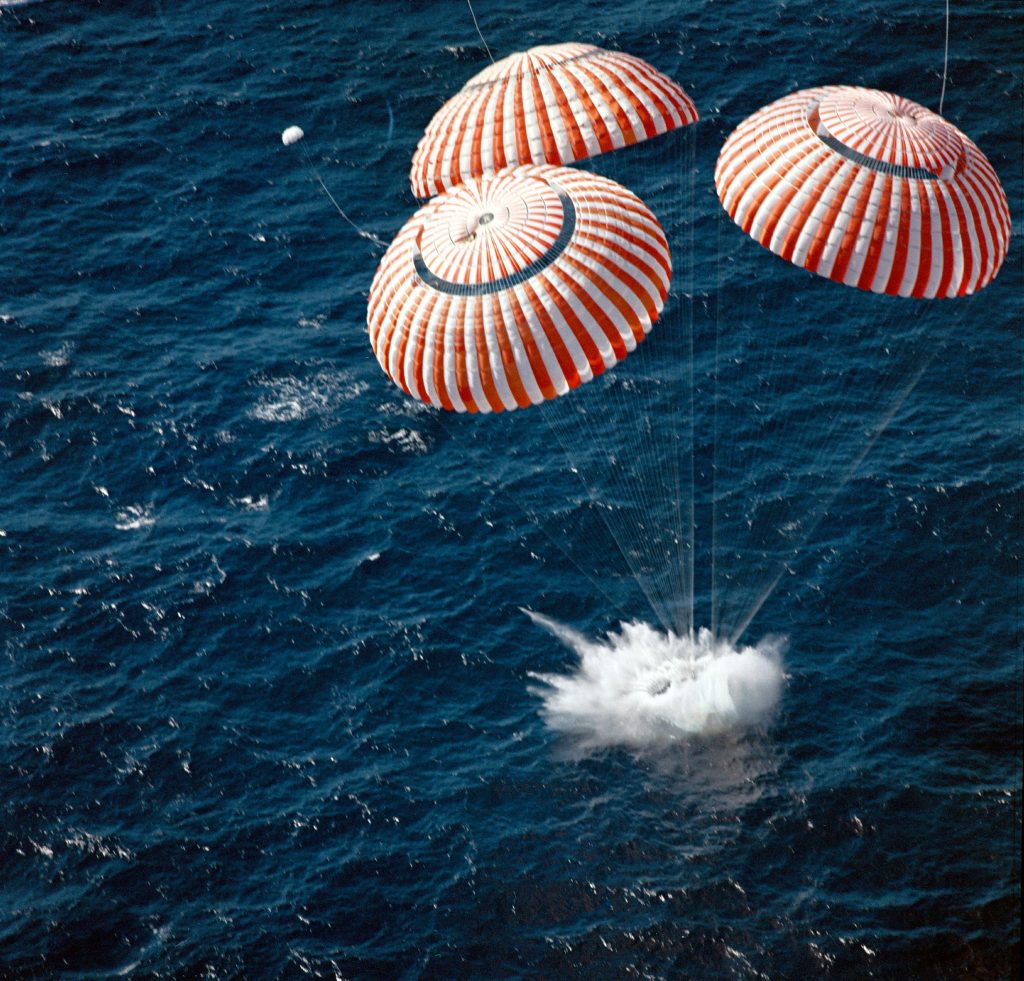
I know, I know. Pretty routine compared to the perils they had faced so far. But I had a vested interest.
You see, the Aircraft Carrier Hornet was scheduled to pick up the astronauts once they landed in the Pacific Ocean. And my oldest brother, Ray, was a seaman aboard that ship. I mean, it’s not as if he was one of the frogmen that escorted the astronauts aboard. He never even saw them. Or President Nixon or any of the other dignitaries on board. In fact, he was supposed to pretty much stay out of the way. But he was there. And in his own small way, he did his part to see to it that the astronauts returned home safely.
So I felt I had a part in Apollo 11’s journey as well.
Because of the fear that astronauts returning from a distant world might carry back to earth a deadly unknown virus, they were quarantined for a total of 21 days. It seems rather silly now, but it was a real fear at the time. Considering how Europeans introduced smallpox and influenza to the new world, they couldn’t take any chances.
The first few days of their isolation were spent in a converted Airstream trailer on board the Hornet. Then they were transferred to Houston—Airstream trailer and all—to finish their quarantine.

To me, Apollo 11 was an exploratory mission like no other. Think about what it would have been like if TV had been there to capture Columbus’ first step in the new world. Or Lewis and Clark’s first glimpse of the Pacific. What if network television had accompanied Admiral Peary to the North Pole? I’m sure people would have tuned in.
But the moon beat them all.
And I was there to watch it happen.
***
Where were you when Neil Armstrong set foot on the moon?
Randy – you are definitely my favorite speaker… even when it’s not in person. Wow!!
Thanks for responding, Karen. I love to get reactions from people on my stories. You’re a great encourager.
Great story Randy! What a memory you have and so we’ll written!
I admit that sometimes I let Google help me with my memory. But I definitely remember being jacked-up about Apollo. Thanks for the good word, Verna.
Great history rewind – a lot of your details I had forgotten or never knew. You are a talented storyteller!!
Thanks! But don’t you have to say that because you’re my mother-in-law?
Randy, I have enjoyed your stories, great job. I don’t remember what I was doing that year but it was the year I graduated from high school so I was most likely goofing off. You have always been a great teacher, speaker and story teller even when you were “Lip” keep up the good work
Thanks, Tom. And I’m still Lip to many of my friends. I’ll be telling that story soon enough.
Oh yeah, I remember not being overly impressed by this at the time, mainly because nobody gave me any ice cream.
Mainly because you were 5 years old!
Thanks for the great account of Apollo flights.
Good job! I always enjoyed your skills as a Bible teacher.
Thanks, Ted. Hope you continue to read my stories!
A great story teller lives to tell another one. And yours, Randy, are great. This one is not just fun, but informative! I look forward to more new stories. The pictures add depth to each story. Thank you for sharing your memories with the world.
Thanks, Kathryn! I think I’m blushing!
Randy, I just got around to reading this. I, too was – and still am – a ‘space junkie’. The only difference in my story was that the landing took place three hours later as we lived on the east coast. I remember riding home from my folks’ newly-purchased cottage on the lake to get home in time to watch the lunar landing. Great times!
It had me glued to the set! Thanks for the comment Dave!